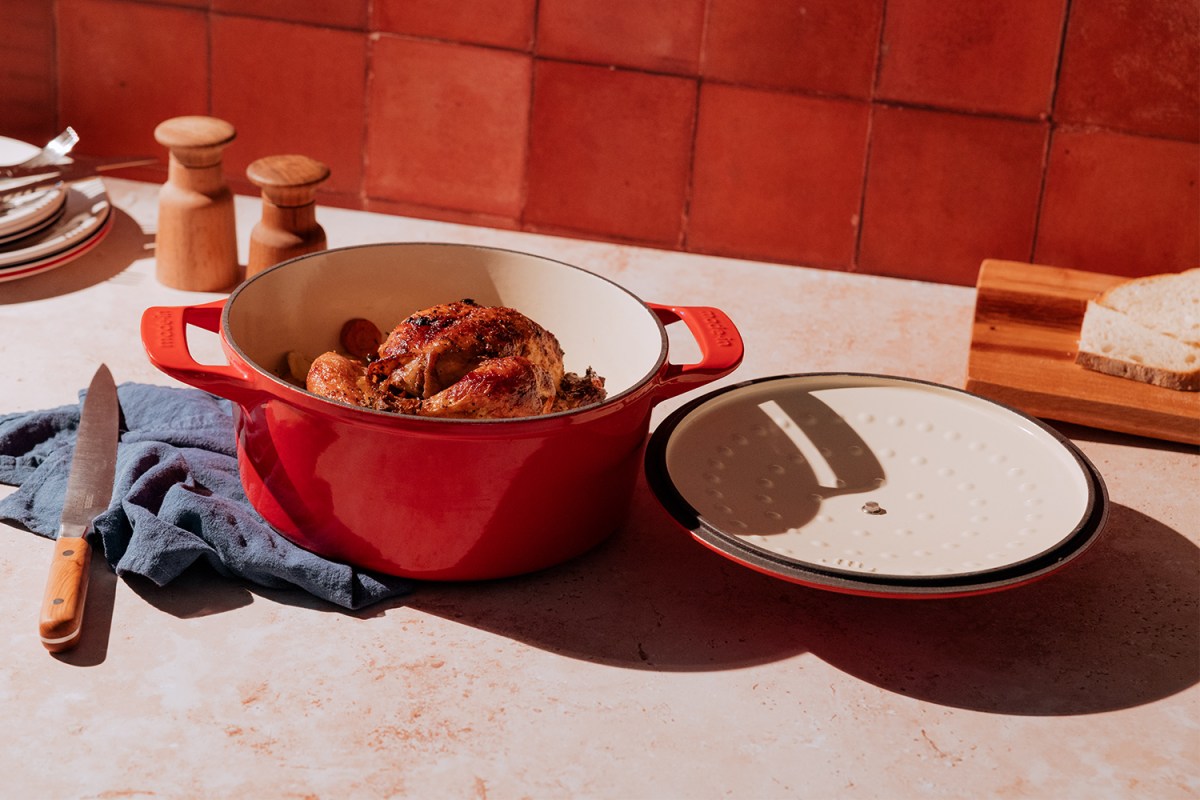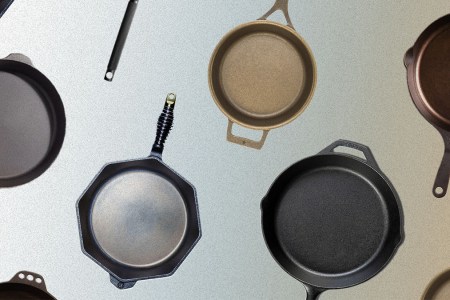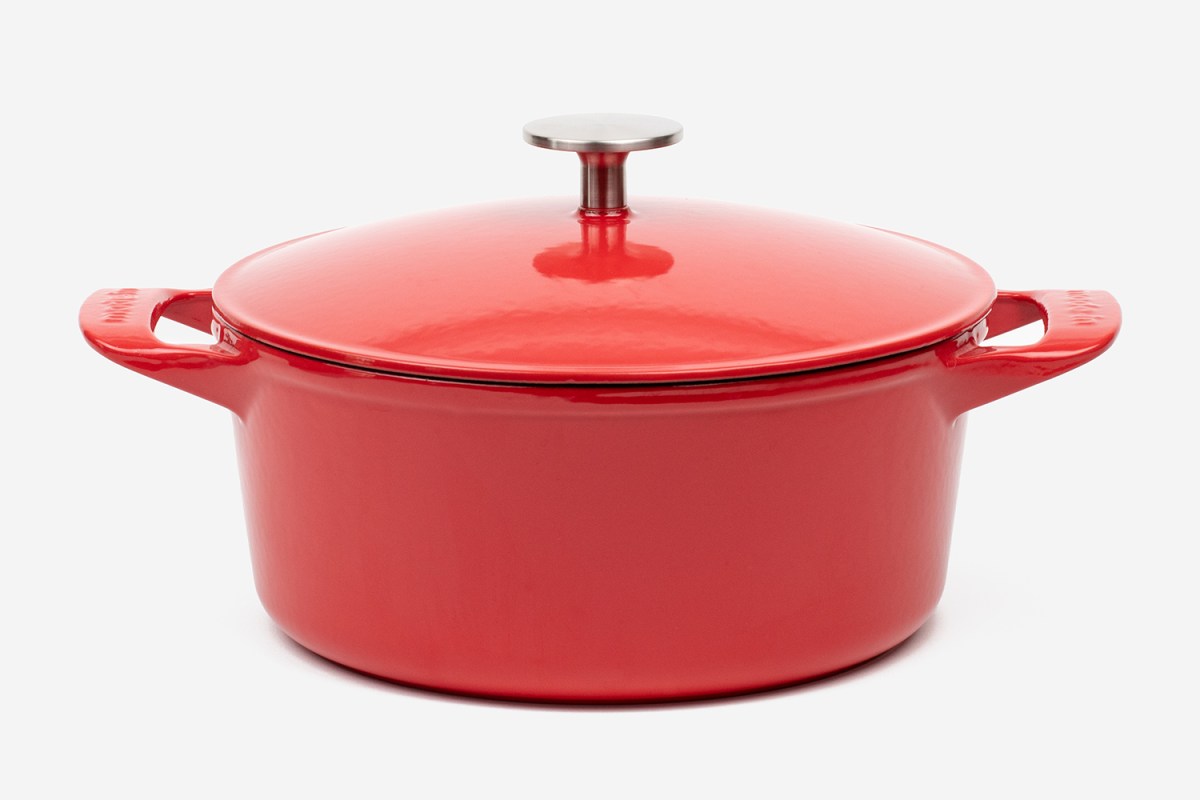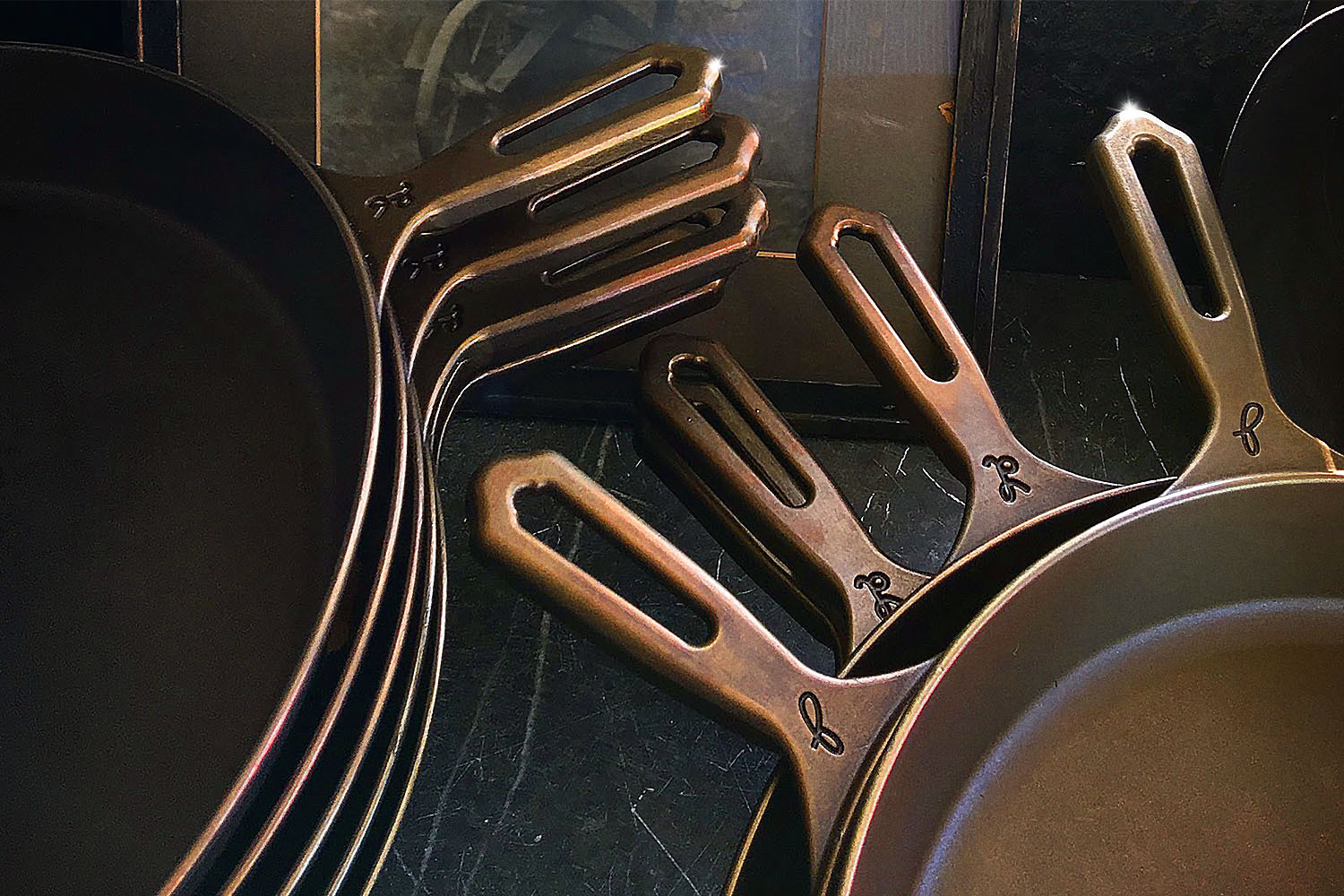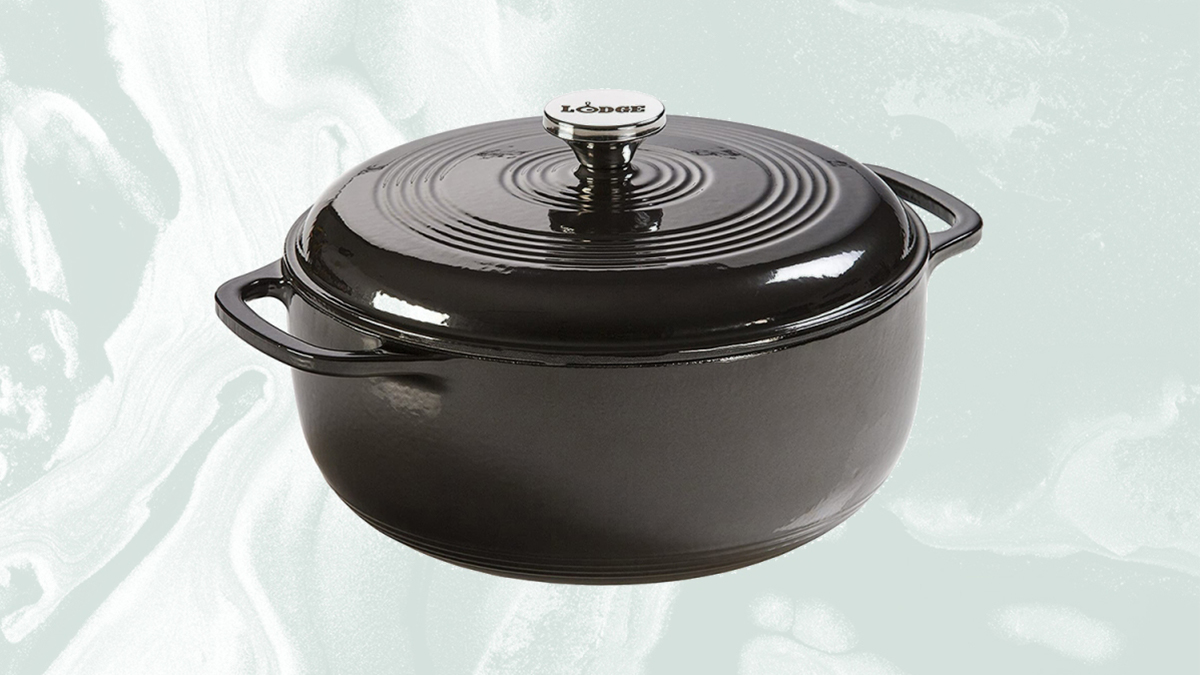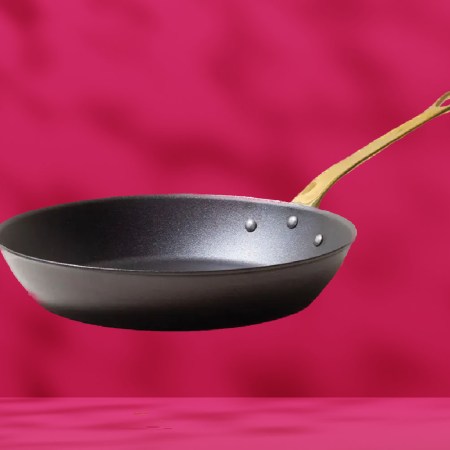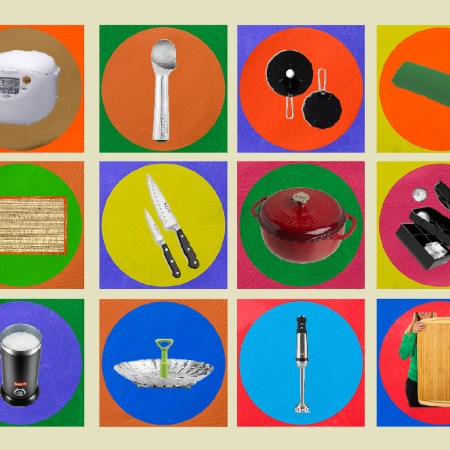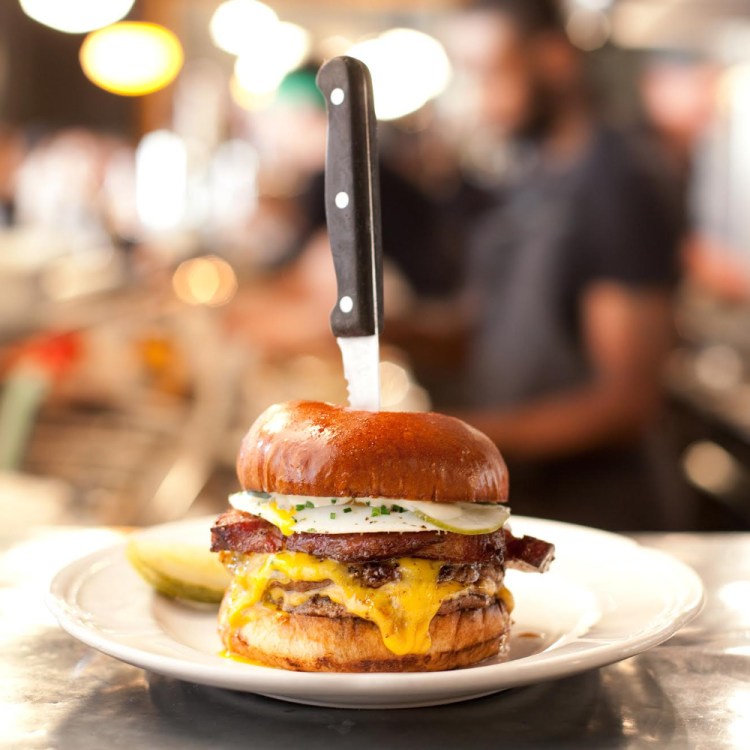Nota bene: If you buy through the links in this article, we may earn a small share of the profits.
The cookware brand Made In has been around since 2017, which makes them a child in the kitchen space as a whole but a grizzled veteran among the many, many direct-to-consumer upstarts looking to offer you a better cooking experience. In that time, they’ve produced carbon-steel workhorses, extremely expensive copper sets and a recreation of ambassador Tom Colicchio’s favorite pan.
They also spent a handful of years working on their pièce de résistance: the Made In Dutch Oven. In the lead-up to the February 2022 release of the enameled cast-iron pot, Made In said they had been “perfecting” the design since their founding. I got my hands on one around that time and have been using it ever since. After cooking all manner of stews, soups and breads, I can confidently say that this declaration is not just marketing fluff. The Dutch oven Made In has produced is the first real modern challenger to the rule of Le Creuset and Staub.
I have written about Dutch ovens I like before, specifically the one you can buy from Lodge for under $100. But there are a couple potential problems with that pot: 1) It has a utilitarian design, but lacks finesse, something many people prioritize in their home kitchens, and 2) it’s made in China. As I wrote in my review, being made in China doesn’t make something inherently lower quality, but it does bring up a variety of issues associated with cheaply made goods.
Many direct-to-consumer cookware brands like Made In have attempted to make up for the finesse part, offering Dutch ovens in trendy colors and Instagrammable designs that rival the French standard-bearers in shelf and stovetop appeal, but they often also use factories in China to keep prices low.
Made In didn’t go that route. Instead, they’ve brought together the trifecta of unimpeachable design, superb utility and a “made in France” label. In doing so, they have produced a compelling alternative to the heritage brands. And when you consider that a comparable 5.5-quart Dutch oven from Le Creuset sells for $420 and one from Staub sells for $380, the economical $249 price tag for a Made In version looks like an unbeatable deal. (Although, it is a $50 increase from 2022 when their Dutch oven launched at a price of $199.)
The 12 Best Cast-Iron Skillets, From Lodge to Victoria to Butter Pat
Cast iron may seem simple, but there’s plenty to consider before you buy a skillet. We break down the brands and pans you need to know.I own a limited-run Launch Edition of the Made In Dutch Oven which undoubtedly has more sex appeal than the five standard options available to buyers right now — but I do think, in practical terms, the regular design is better.
My version has a blue exterior and a brass-colored handle, which I love, and a black interior, which I don’t. For those in the market, you can currently pick one up in Harbour Blue or Made In Red with a silver knob and beige interior; an Antique White model with a matching interior and a a silver knob; or a Ruby Red or Willow Green design with a brass knob and beige interior. I prefer the lighter color inside because it’s easier to make sure you’ve cleaned the entire surface properly. It will scuff over time, but that’s just a sign that you’re a cook who knows their way around the kitchen.
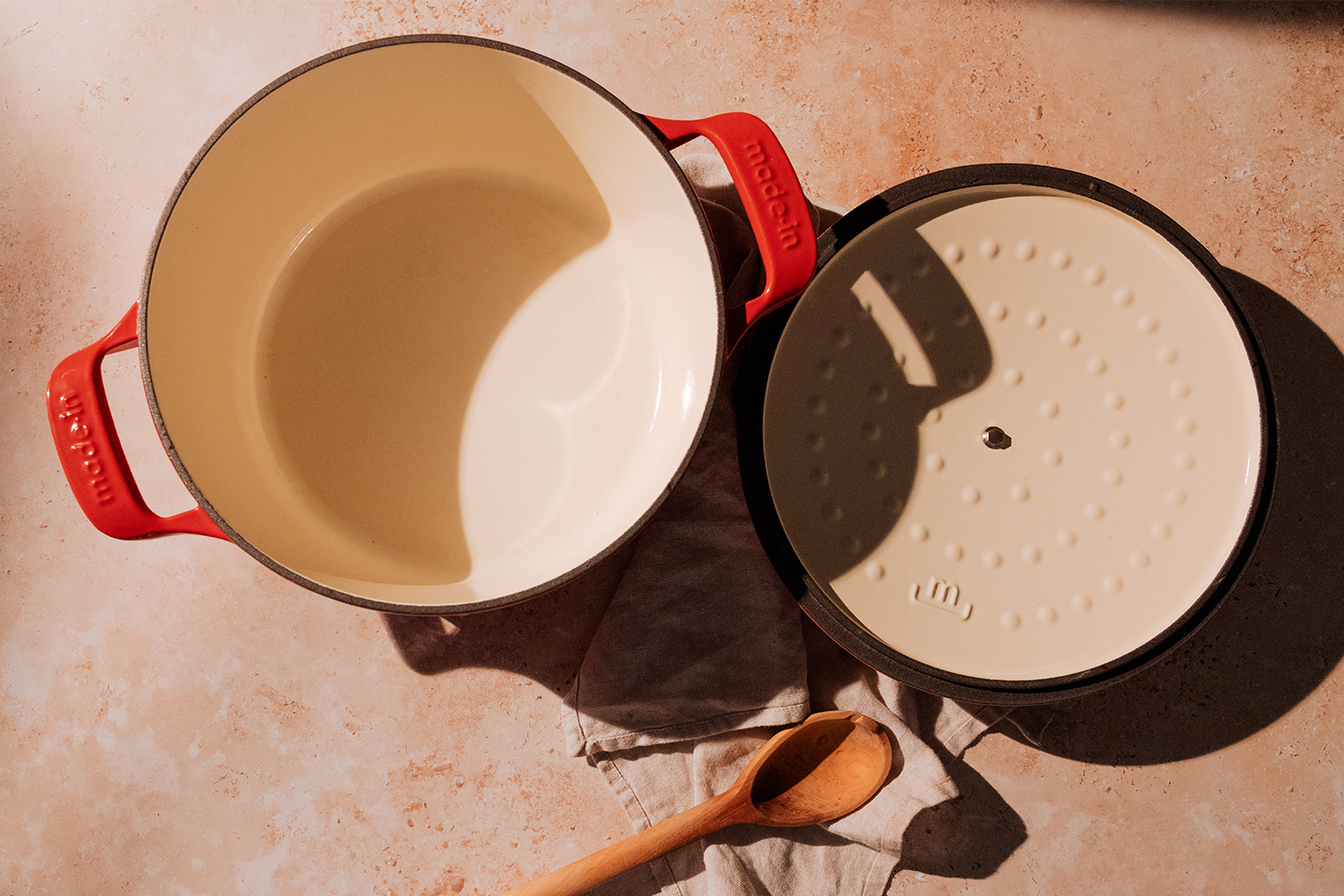
As I tested out various recipes, I found that the enameled cast iron lived up to the slick, nonstick properties of other top Dutch ovens — something I haven’t always found to be the case with newer designs. And it’s not just in the cooking that the surface performs well; it also cleans up easily, too. One possible downside is that Made In’s design is not dishwasher safe (both Staub and Le Creuset say their pots are fine to throw in the dishwasher), but with heavy, heirloom cookware like this I always wash them by hand anyway. (I don’t know about your setup, but I don’t think my dishwasher rack could handle the weight of this massive cast-iron pot.) In terms of oven performance, both Staub and Le Creuset say their 5.5-quart pots are heat resistant up to just 500 degrees Fahrenheit, but the Made In version can go up to 580 degrees.
One big reason to go with the longstanding brands is they’ve got endless colors, designs, sizes and shapes to choose from. Want a pumpkin-shaped Dutch oven? What about one in a trendy hue named “Shallot”? They’ve got that and more. After the release of the 5.5-quart round pot in early 2022, Made In has expanded their enameled cast iron offerings to include a smaller 3.5-quart model, 7.5-quart oval, 2-quart saucepan and 11-inch skillet, all in a modest array of colors. So they’re gaining, but they’ve got a long way to go.
There is one design element that I can’t personally vouch for but does show Made In is trying to pull out all the stops: the underside of the lid. Flip it over and you’ll see the bottom is speckled with evenly spaced bumps, a feature you’ll find on the lids at Staub as well, and one that is meant to “evenly return moisture to your food,” per Made In. I didn’t stick a GoPro in my stew to verify these claims, but I don’t see how it can hurt.
After testing a few different pieces from Made In over the years myself, I can’t say I’m a brand stan. I’ve had good experiences with their carbon steel, but haven’t been impressed by their nonstick pans and porcelain bakeware. As for this Dutch oven, I’m glad they didn’t rush to release a contender at the outset, because it’s clear the years of fine-tuning have been worth it.
The Made In Dutch Oven has officially usurped my Lodge at home, and it’s the model I’ll be recommending first from now on. If you’re not quite sold yet, maybe their 45-day trial period — during which you can return it for a full refund — will convince you to give another French-made option a shot.
We've put in the work researching, reviewing and rounding up all the shirts, jackets, shoes and accessories you'll need this season, whether it's for yourself or for gifting purposes. Sign up here for weekly style inspo direct to your inbox.
